A car's gearbox is one of its most crucial components, acting as the intermediary between the engine and the wheels. It manages the engine's power and ensures that the car operates efficiently at various speeds. Whether you're navigating city streets, cruising on highways, or tackling rough terrains, the gearbox adapts and delivers the necessary power smoothly.
From the early days of unsynchronized manuals to the sophisticated dual-clutch systems and hybrid-specific gearboxes, the evolution of transmissions highlights the innovative strides in automotive engineering. Let's delve into the myriad types of gearboxes and how they work.
A Brief History Of The Gearbox
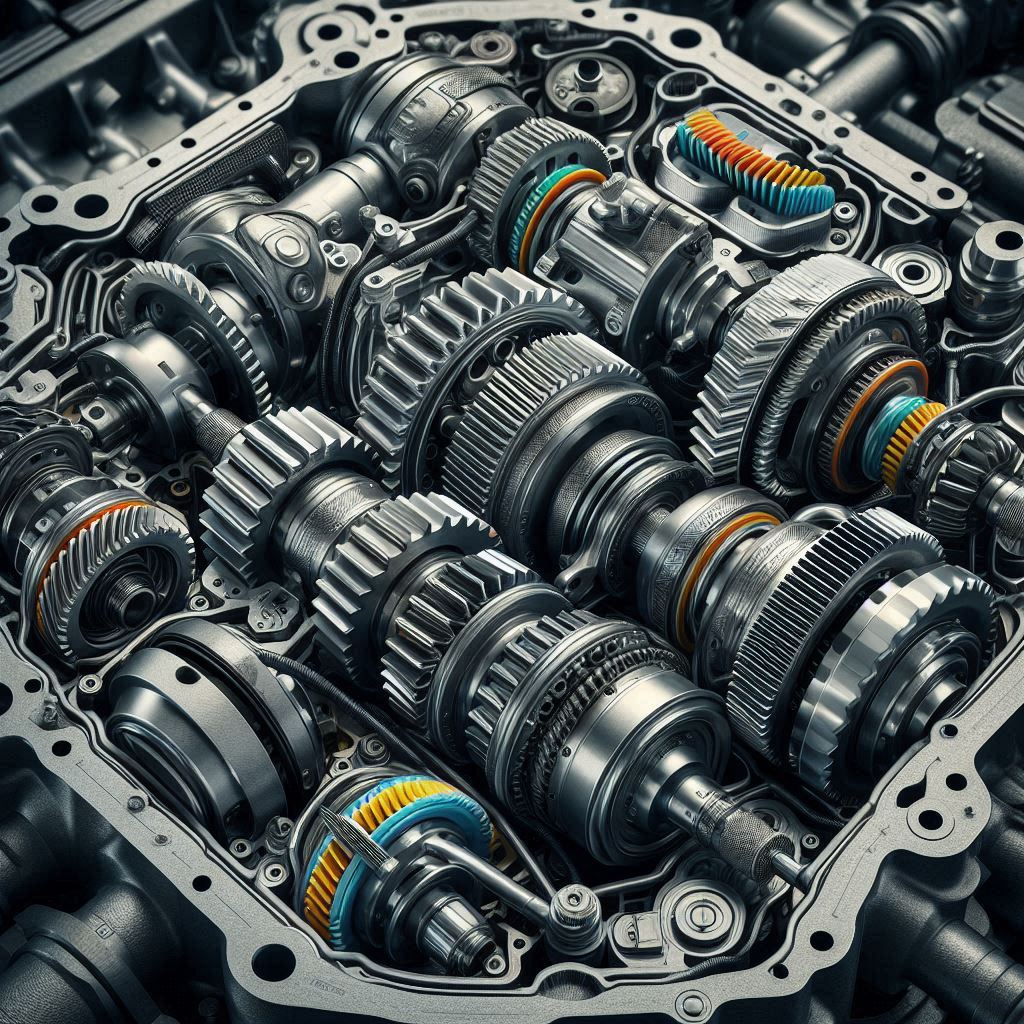
The history of gearboxes dates back to the early days of the automobile. In the late 19th century, the first gearboxes were unsynchronized manuals, known as "crash boxes," which required drivers to manually align gears, often resulting in rough shifts.
As automobiles became more popular, the demand for smoother and more reliable gearboxes led to the development of synchronized manual transmissions in the 1920s and 1930s. These used synchronizers to match gear speeds, allowing for smoother shifts and easier driving. The mid-20th century saw the introduction of automatic transmissions.
General Motors’ Hydra-Matic, launched in 1940, was among the first, utilizing a hydraulic fluid coupling and planetary gearsets. This innovation made driving more accessible by eliminating the need for manual gear changes. In the following decades, advancements in materials and engineering gave rise to more sophisticated automatic gearboxes, including the introduction of torque converters and, eventually, dual-clutch transmissions (DCTs).
DCTs, with their rapid gear shifts and efficiency, have become popular in both high-performance and everyday vehicles. The rise of hybrid and electric vehicles in the 21st century brought new types of gearboxes, such as single-speed and multi-speed transmissions specifically designed to handle the characteristics of electric motors.
Continuously Variable Transmissions (CVTs) also gained prominence for their smooth, stepless acceleration. Today, gearboxes continue to evolve, incorporating advanced electronics and software for improved performance, fuel efficiency, and driving experience.
Types of Gearboxes
Yes, there are various types of gearboxes used in cars, though counting distinct types may vary depending on how you categorize them. Below are some common gearbox types, grouped into major categories. When combined with variations, there can be close to 20 different types:
Manual Transmissions:
- Unsynchronized Manual (Crash Box): Early design without synchronizers
- Synchronized Manual: Modern manual gearbox with synchros for smoother shifts
- Sequential Manual: Used mostly in race cars and motorcycles for quick gear shifts
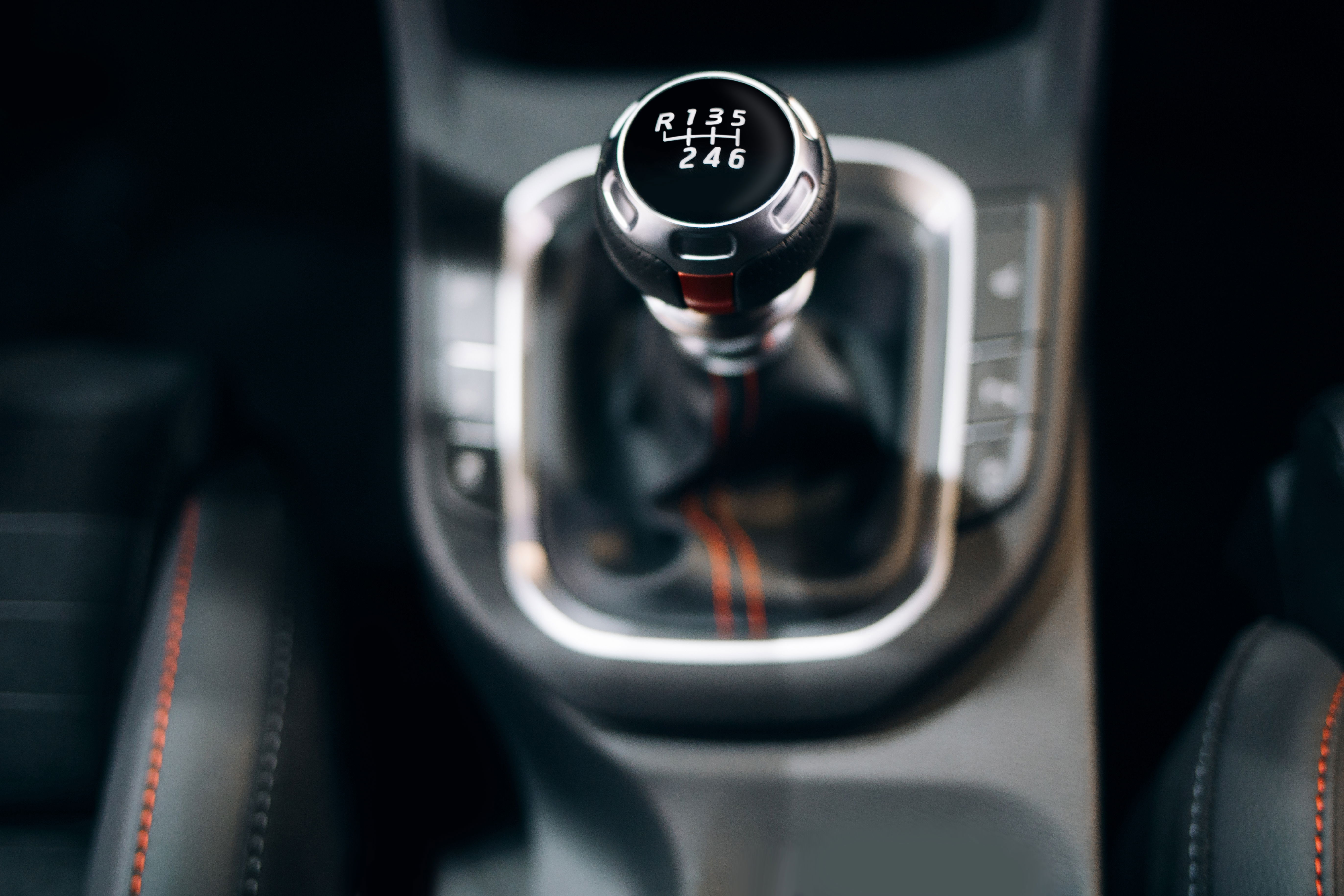
Manual transmissions are a cornerstone of automotive engineering, providing drivers with direct control over gear selection and engine performance. By using a clutch pedal and a gear stick, drivers can manually engage and disengage gears, allowing for a more engaging and hands-on driving experience. Let's delve into the three main sub-types of manual transmissions:
Unsynchronized Manual (Crash Box)
An unsynchronized manual transmission, often referred to as a "crash box," is one of the earliest designs. It lacks synchronizers, which means gears don't automatically match speed during shifts. Drivers have to manually double-clutch and match the engine speed to the gear speed, which can be challenging. This design is largely obsolete today but remains an interesting piece of automotive history.
Synchronized Manual
The synchronized manual transmission is the most common type found in modern vehicles. It includes synchronizers, or "synchros," which help match the speed of the gears during shifts, making gear changes smoother and easier. This innovation has made manual transmissions more accessible and user-friendly for everyday drivers, reducing the skill needed to operate them effectively.
Sequential Manual
Sequential manual transmissions are typically found in race cars and high-performance motorcycles. Unlike traditional manuals, which use an H-pattern shift gate, sequential manuals allow drivers to shift up or down by simply moving the gear stick forward or backward. This design enables quicker gear changes and is highly valued in competitive racing environments where split-second shifts can make all the difference.
Automatic Transmissions:
- Torque Converter Automatic (Traditional): A hydraulic system controls gear shifts
- Dual-Clutch Transmission (DCT): Two clutches control odd and even gears, allowing rapid shifts
- Automated Manual Transmission (AMT): Essentially a manual transmission controlled by a computer to automate shifts
- Continuously Variable Transmission (CVT): No distinct gears, instead uses pulleys to change the drive ratio smoothly

Automatic transmissions have revolutionized driving by simplifying gear changes, making vehicles easier to operate and more accessible to a broader range of drivers. Unlike manual transmissions, automatic transmissions handle gear changes seamlessly, allowing drivers to focus on the road without the need for a clutch pedal or manual gear selection. Let's explore the key sub-types of automatic transmissions:
Torque Converter Automatic (Traditional)
The traditional torque converter automatic transmission uses a hydraulic system to control gear shifts. It employs a torque converter, which is a fluid coupling that transfers engine power to the transmission. This design provides smooth gear changes and is widely used in many vehicles for its reliability and ease of use.
Dual-Clutch Transmission (DCT)
A Dual-Clutch Transmission (DCT) features two separate clutches for odd and even gears, allowing for rapid and nearly seamless shifts. One clutch handles the odd gears (1, 3, 5), while the other handles the even gears (2, 4, 6). This setup enables faster gear changes and improved performance, making DCTs popular in high-performance and sports cars.
Automated Manual Transmission (AMT)
An Automated Manual Transmission (AMT) combines the structure of a manual gearbox with automatic control. Essentially, it's a manual transmission controlled by a computer, which automates the clutch and gear shift operations. This design offers the efficiency and performance of a manual transmission with the convenience of an automatic.
Continuously Variable Transmission (CVT)
A Continuously Variable Transmission (CVT) operates without distinct gears. Instead, it uses a system of pulleys and a flexible belt to provide a seamless range of drive ratios. This allows for smooth acceleration and optimal engine performance at all speeds. CVTs are known for their efficiency and are commonly used in a variety of vehicles, from compact cars to hybrids.
See also:
V12 Supremacy: The World’s 17 Most Powerful V12 Engines In 2023 And The Cars Using Them
Semi-Automatic / Automated Manual Gearboxes:
- Tiptronic: Allows manual shifting in an automatic transmission
- Direct Shift Gearbox (DSG): A version of DCT with automatic control
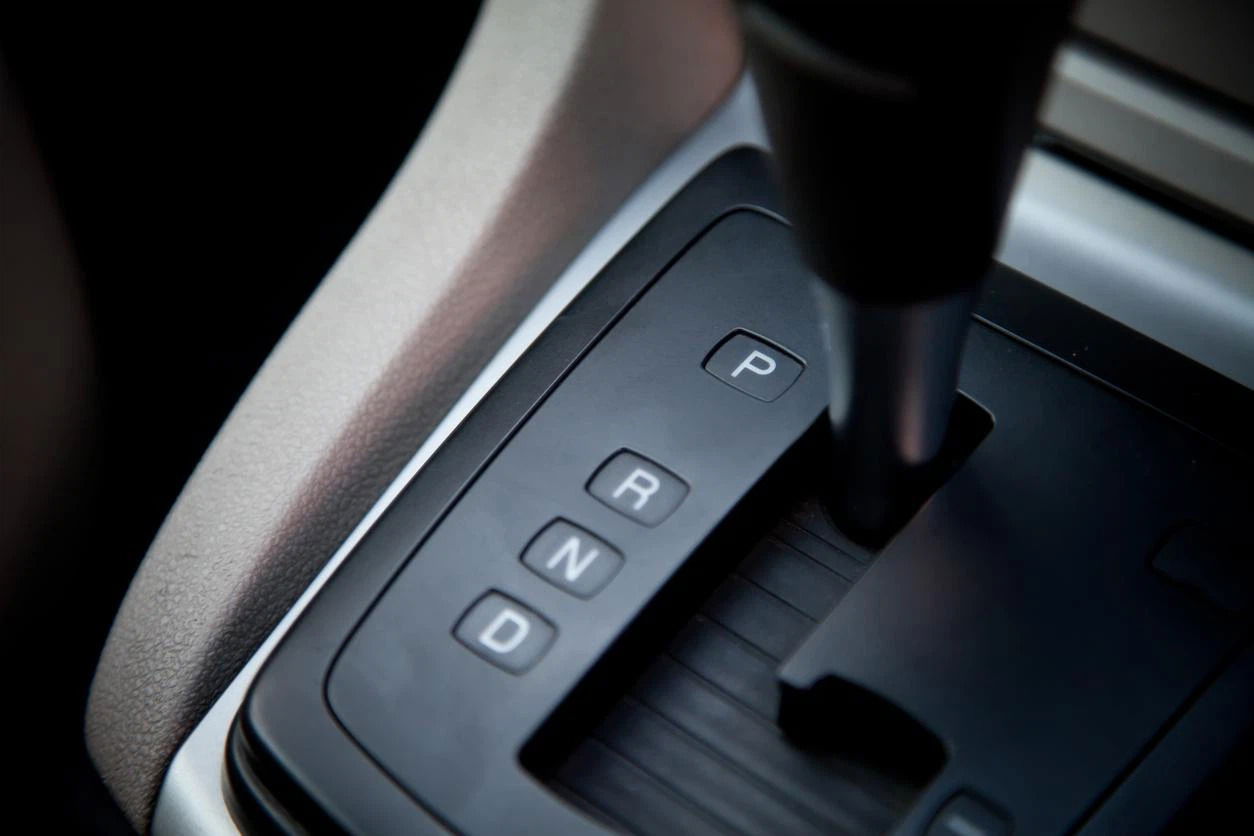
Image Credit: ml-Vehicle
Semi-automatic transmissions bridge the gap between fully manual and fully automatic systems, offering drivers the best of both worlds. These gearboxes provide the option to manually shift gears without the need for a clutch pedal, combining convenience with a more engaging driving experience. Here are two notable sub-types:
Tiptronic
Tiptronic systems allow drivers to manually shift gears within an automatic transmission setup. By simply pushing the gear lever forward or backward, drivers can take control of gear changes without needing a clutch pedal. This type of transmission offers the flexibility of manual shifting when desired, while retaining the ease of automatic mode when convenience is preferred. It's often found in sporty and luxury vehicles, enhancing driver involvement.
Direct Shift Gearbox (DSG)
The Direct Shift Gearbox (DSG) is a sophisticated version of a dual-clutch transmission (DCT) with automatic control. It uses two separate clutches for odd and even gears, enabling rapid and seamless gear changes. The DSG automatically manages these clutches, providing the efficiency and performance of a DCT with the convenience of an automatic transmission. This type of gearbox is popular in high-performance cars, delivering quick shifts and improved fuel efficiency without sacrificing comfort.
Hybrid/Electric-Specific Gearboxes:
- Single-Speed Gearbox: Common in electric cars, as electric motors have a wide torque range
- Multi-Speed Gearboxes for EVs: Rare, but a few electric cars use them (e.g., Porsche Taycan)
- E-CVT: Found in hybrid vehicles, combining the principles of a CVT with electric motor integration
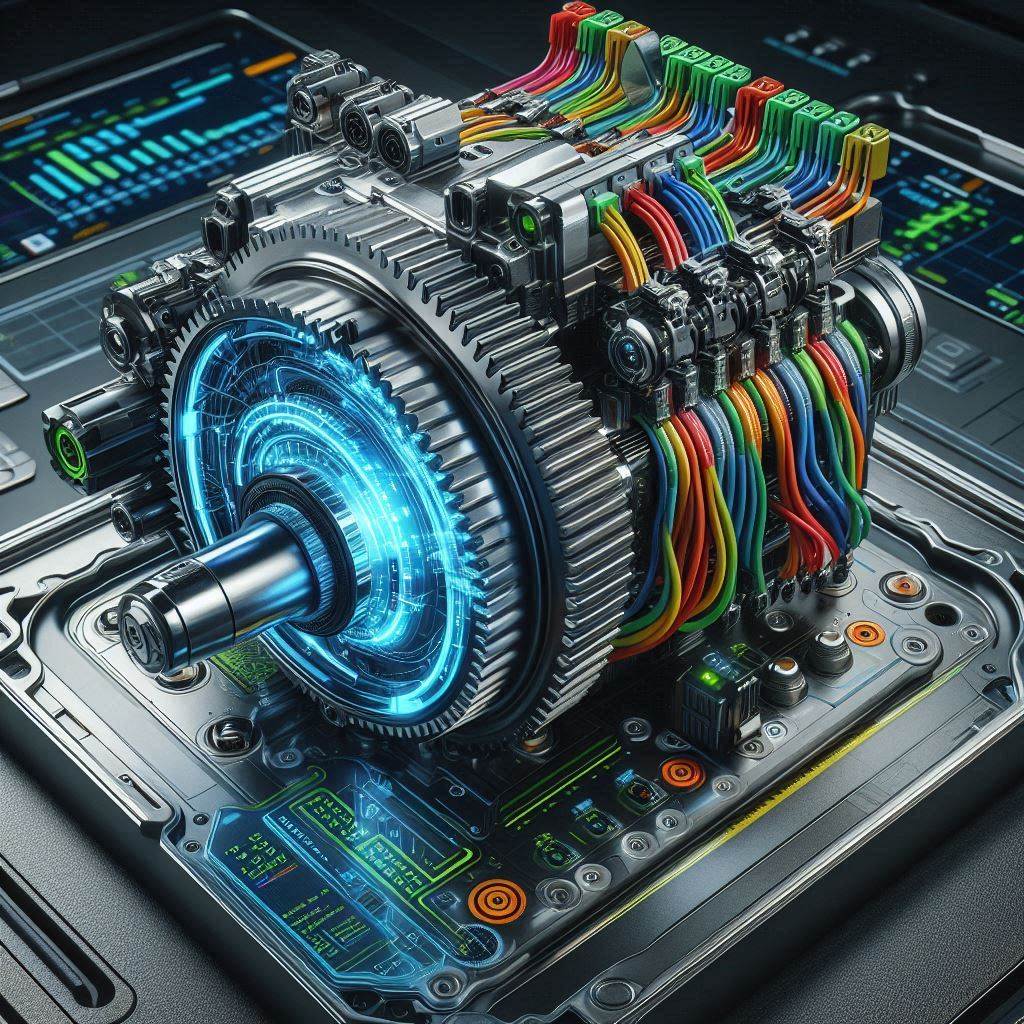
Hybrid and electric vehicles have brought a new wave of innovation to automotive gearboxes. These specialized transmissions are designed to maximize the efficiency and performance of electric motors and hybrid powertrains. Here are three key sub-types:
Single-Speed Gearbox
Common in many electric vehicles, the single-speed gearbox leverages the wide torque range of electric motors. Unlike traditional transmissions with multiple gears, a single-speed gearbox simplifies the drivetrain, offering smooth and consistent power delivery. This design is ideal for electric motors, which provide maximum torque from zero RPM, eliminating the need for multiple gears.
Multi-Speed Gearboxes for EVs
Although rare, some high-performance electric vehicles, like the Porsche Taycan, use multi-speed gearboxes. These transmissions can enhance acceleration and top speed by allowing the motor to operate more efficiently across a range of speeds. By incorporating additional gears, these EVs can achieve a balance between rapid acceleration and extended range, catering to drivers who demand both performance and efficiency.
E-CVT
Found in many hybrid vehicles, the Electronic Continuously Variable Transmission (E-CVT) combines the principles of a CVT with the integration of an electric motor. E-CVTs provide seamless transitions between power sources, optimizing fuel efficiency and performance. They allow hybrid vehicles to switch smoothly between the internal combustion engine and the electric motor, ensuring the most efficient use of energy in varying driving conditions.
Specialty Gearboxes:
- Preselector Gearbox: An old system, particularly for vintage cars
- Overdrive Gearbox: An additional gear for higher speed at lower engine RPMs
- Transaxle Gearbox: Combines the transmission and differential into one unit (common in mid/rear-engine cars)
- Torsen Gearbox: Torque-sensing differential used in high-performance vehicles

Specialty gearboxes serve niche purposes and enhance specific aspects of vehicle performance. These gearboxes cater to unique driving conditions, advanced performance needs, or historical designs. Here's a look at some notable types:
Preselector Gearbox
The preselector gearbox is an older system, often found in vintage cars. It allows the driver to "preselect" the next gear before actually engaging it. This system uses a combination of gears and clutches to make the actual gear change smoother and quicker once the driver engages the preselected gear. It was popular in the early 20th century for its ease of use compared to fully manual gearboxes of that time.
Overdrive Gearbox
An overdrive gearbox adds an extra gear ratio that allows the vehicle to cruise at high speeds with lower engine RPMs. This not only improves fuel efficiency but also reduces engine wear and noise. Overdrive is particularly useful for long-distance highway driving, where maintaining a high speed with minimal engine effort is beneficial.
Transaxle Gearbox
The transaxle gearbox combines the transmission and differential into a single unit. This configuration is common in mid-engine and rear-engine cars, where space efficiency and weight distribution are critical. By integrating these components, transaxles help enhance vehicle balance and handling, making them a popular choice for sports cars and high-performance vehicles.
Torsen Gearbox
The Torsen (Torque-Sensing) gearbox is a type of differential used in high-performance vehicles. It automatically distributes torque between wheels based on traction needs. When one wheel loses grip, the Torsen differential transfers more torque to the wheel with better traction, enhancing the vehicle's stability and handling. This makes it ideal for sports cars and all-wheel-drive systems that require precise power management.
4WD/AWD-Specific Gearboxes:
- Transfer Case Gearbox: Used in 4WD vehicles to switch between two- and four-wheel drive
- All-Wheel Drive Gearbox: Often integrated with an automatic transmission, distributing power to all wheels
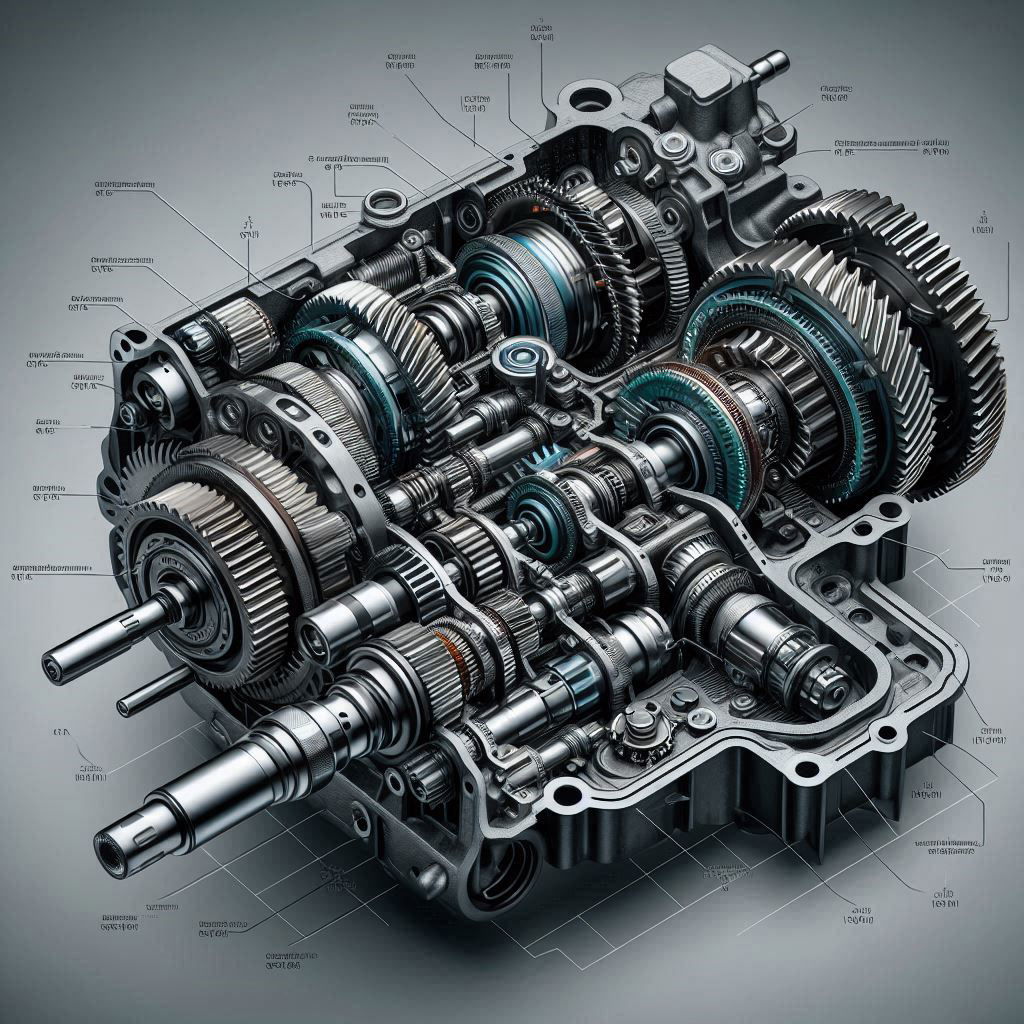
4WD (Four-Wheel Drive) and AWD (All-Wheel Drive) specific gearboxes are designed to enhance a vehicle’s traction and stability, making them suitable for off-road adventures and challenging driving conditions. These gearboxes distribute power to all four wheels, ensuring optimal performance on various terrains. Let’s dive into the two main types:
Transfer Case Gearbox
A transfer case gearbox is integral to 4WD systems. It allows drivers to switch between two-wheel drive (2WD) and four-wheel drive (4WD) modes. This flexibility enables the vehicle to adapt to different driving conditions—2WD for everyday driving to improve fuel efficiency, and 4WD for tackling rough terrains, mud, snow, or sand. The transfer case splits the power between the front and rear axles, ensuring that all wheels work together to provide maximum traction when needed.
All-Wheel Drive Gearbox
An All-Wheel Drive (AWD) gearbox is often integrated with an automatic transmission and continuously distributes power to all wheels. Unlike 4WD systems that require manual selection, AWD systems are always active and adjust power distribution automatically based on driving conditions. This ensures better handling, stability, and safety, especially on slippery roads. AWD is commonly found in SUVs and crossovers, offering a balance of comfort and off-road capability.
2025 Kia Telluride: New Updates and Pricing
More Types of Gearboxes
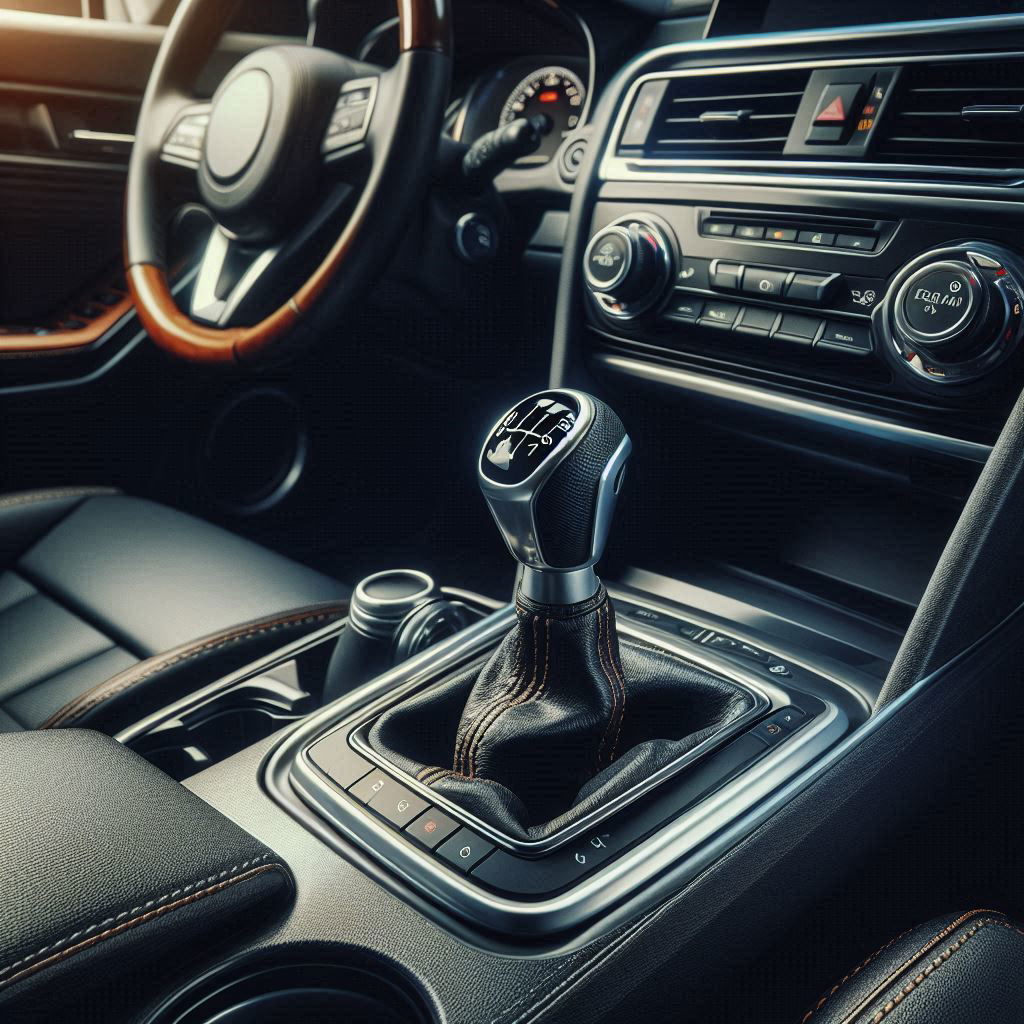
Yes, there are more types of gearboxes when you account for finer distinctions, advanced variations, and more specialized use cases. Here are additional gearbox types or specific technologies:
Advanced Dual-Clutch Variants:
- Wet Dual-Clutch Transmission (Wet DCT): Uses oil for cooling the clutch plates, often used in high-torque applications
- Dry Dual-Clutch Transmission (Dry DCT): Does not use oil, making it lighter and more efficient for lower-torque applications
Hybrid/EV Advanced Gearboxes:
- Planetary Gear Transmission: Used in hybrid cars (e.g., Toyota Prius) to combine power from an internal combustion engine (ICE) and electric motor
- Two-Speed Gearbox for EVs: Some high-performance electric vehicles (like the Rimac Nevera) use this to enhance acceleration and top speed
Off-Road and Heavy-Duty Specific Gearboxes:
- Crawler Gearbox: Found in heavy off-road vehicles or trucks, designed for extreme low-speed torque
- Power Take-Off (PTO) Gearbox: A gearbox type used in trucks and tractors to provide power for auxiliary equipment
Automatic Variants for Specific Driving Conditions:
- Sport Automatic Transmission (SAT): Optimized for high-performance vehicles, offering quicker shifts and a more aggressive shifting strategy
- Adaptive Shift Gearbox: Learns the driver’s behavior and adapts the shift pattern accordingly
Older or Rare Gearboxes:
- Epicyclic Gearbox: Used in some older cars and industrial machines, uses sun and planetary gears to manage ratios
- Hydrostatic Gearbox: A continuously variable gearbox used mainly in specialized vehicles like agricultural machines
- Electric Shift Gearbox: Found in some industrial or recreational vehicles, uses electric motors to shift gears
Motorcycle and Specialized Vehicle Gearboxes:
- Constant Mesh Gearbox: A type of manual gearbox used in motorcycles, where all gears are constantly engaged
- Non-Synchro Gearbox: Used in some heavy-duty trucks and race cars, requiring double-clutching or rev-matching for gear changes
Special Technologies and Add-ons:
- Torque Vectoring Gearbox: Found in high-performance all-wheel-drive systems, distributing torque between wheels for better handling
- Hybrid Drive Transmission: Found in plug-in hybrids, designed to switch between electric and gas power sources seamlessly
- Multimode Manual Transmission (MMT): Combines automatic clutch control with manual shifting, used in some compact cars
- Electric Torque Converter: Used in some hybrid vehicles, replacing traditional mechanical torque converters with electric ones for smoother power delivery
Exotic or Niche Gearboxes:
- IVT (Infinitely Variable Transmission): A highly specialized variant of CVT with enhanced ratio control for specific vehicles
- Hydramatic Transmission: One of the earliest forms of automatic transmission, used in vintage American cars
Experimental and High-Tech Gearboxes:
- Hydraulic Hybrid Transmission: Used in experimental hybrid systems, especially for heavy-duty applications
- Air-Hybrid Gearbox: An experimental technology that stores energy as compressed air during braking and releases it during acceleration